 American Ultra
American Ultra
Director: Nima Nourizadeh
Starring: Kristen Stewart, Walton Goggins, Topher Grace, Jesse Eisenberg, Connie Britton
Runtime: 96 min
Rated: R
Release Date: 08/21/15
by Michael Clawson of Terminal Volume American Ultra is an ugly and soulless action-comedy with almost no comedy and enough action to render the plot gimmick of the point-blank headshot completely meaningless. It does do one thing right: it ends at a brisk, although still-too-long, 90 minutes.
I can’t say this spy ditty does much else right. All the things that make spy movies so endearing — spy gadgets, international travel, criminal intrigue, nefarious plots — never make an appearance here. Instead we get two grungy lovebirds in their podunk town as they get high and shoot people in the head, which caters to its two apparent demographics: ’90s-era stoners and John Wick fans. More on both those points later.
Mike Howell (Jesse Eisenberg) works at a convenience store that apparently stays open as a form of charity to Mike and his sad existence. The store gets about three customers a day, which allows lots of time for Mike to roll joints at the register and pilfer from the chip aisle. When a government agent comes in and says what is essentially “abracadabra,” Mike’s repressed past as a covert superspy comes racing back to him so he can defend himself from laughably awful assassins who can’t plant a bomb on Mike’s Buick in the dead of night without being spotted. After committing what he thinks is cold-blooded murder, Mike calls his girlfriend Phoebe (Kristen Stewart) who arrives to survey the damage her wimp of a boyfriend has unleashed on two super agents. Once she arrives, the local police department shows up and it sets off a violent night of gunplay, explosions, cleaver hackings and government infiltration.
Mike and Phoebe, as screwed up as they are, are kinda sweet together. Eisenberg and Stewart, forever defined by Facebook and Twilight, are unsympathetic protagonists in almost everything they’re in, yet here they somehow seem just right for each other, even as American Ultra photographs them without even a vague hint of glamour — Stewart is a trailer-park princess with gritty hair and cheap makeup, and Eisenberg spends so much of the movie with his face drenched in tears, blood, sweat and snot that a product placement from Kleenex would have been appropriate and appreciated. I often wondered if Eisenberg’s long shaggy hair was only meant to hide the face of the stunt performer during the action scenes, including in bridge shootouts, a grocery store massacre and a rumble in some kind of porn dungeon bathed in banks of blacklights. There’s also a scene of Mike ricocheting a bullet off a frying pan, which is a neat trick that the film puts in the trailer in case you wanted to watch something else this weekend. Ultra is filled with an array of smaller characters played by actors who have nothing to do and nowhere to go. Connie Britton (TV’s Nashville) has a phone glued to her ear; Tony Hale (HBO’s Veep) is on the other end of those calls with dead jokes and meaningless subplots. The great Walton Goggins spends much of the film wheezing maniacally as one of the hitmen tasked with eliminating Mike. Bill Pullman shows up to prove to the world he’s still acting, and that’s pretty much it. John Leguizamo has one sad line (“Wanna drop some acid and go to the titty bar?”) and then he’s removed from the movie as if he received a call, turned to the film and said, “Go on without me.” All these side characters are trumped by the still-infantile Topher Grace, here playing a government stooge with an ax to grind … apparently against us. His loud sequences have about three times more dialogue than is needed, all of which Grace chews on like it’s bubblegum made from a pair of yoga pants.
Going back to an earlier point, Nima Nourizadah’s juvenile film is largely geared to two subsets of viewers: people who still watch Half Baked on a weekly basis, and people are have fetishized bullets entering and exiting heads. With regards to the first point, the stoner comedy is a dead genre. With marijuana legal in more and more places, weed culture is quickly being diluted by regular users. Gone are the days of “rolling a fatty” under a Bob Marley banner while Snoop Dogg or Cypress Hill bang out of a boombox. Pot and its many forms are used by grandmas with glaucoma, kids with seizures, and lots of healthy people, too, including lawyers, dentists, blue-collar types, soccer moms, and yes, even undercover spies. Stoners like Mike certainly still exist, but they look like lost relics from a different time and place.
As for the other point, the violence is just a stale copycat of so many other gunplay movies out today, including John Wick which turned the headshot into a celestial communion to the Church of the Second Amendment. That film has its fans, and it’s getting a sequel, but let me ask a serious question: how many is too many headshots? American Ultra doesn’t give it a serious thought, and instead it just apes Wick’s action with less stylization and less irony. Skip American Ultra. It’s a dismal film pretending to be a slightly less dismal film.

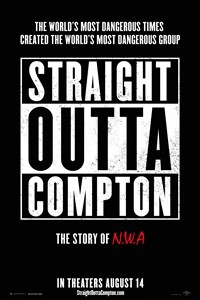 Straight Outta Compton
Straight Outta Compton
 The End of the Tour
The End of the Tour
 Ricki and The Flash
Ricki and The Flash
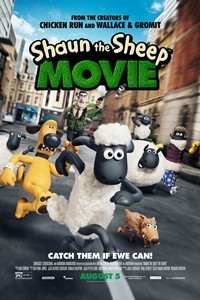 Shaun the Sheep – by
Shaun the Sheep – by  Fantastic Four
Fantastic Four
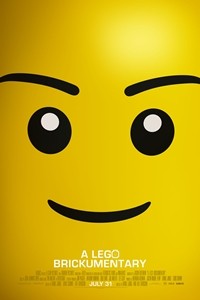 A LEGO Brickumentary
A LEGO Brickumentary
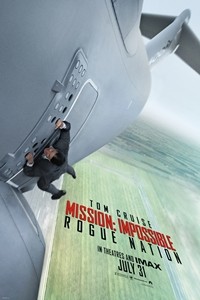 Mission Impossible: Rogue Nation
Mission Impossible: Rogue Nation
 Vacation
Vacation
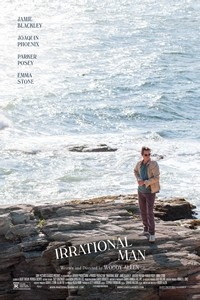 Irrational Man
Irrational Man
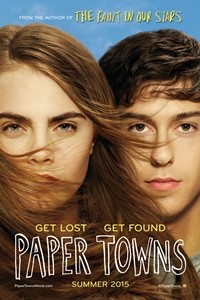 Paper Towns
Paper Towns
 Trainwreck
Trainwreck
 Ant-Man
Ant-Man
 Amy
Amy
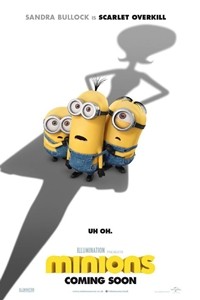 Minions
Minions








